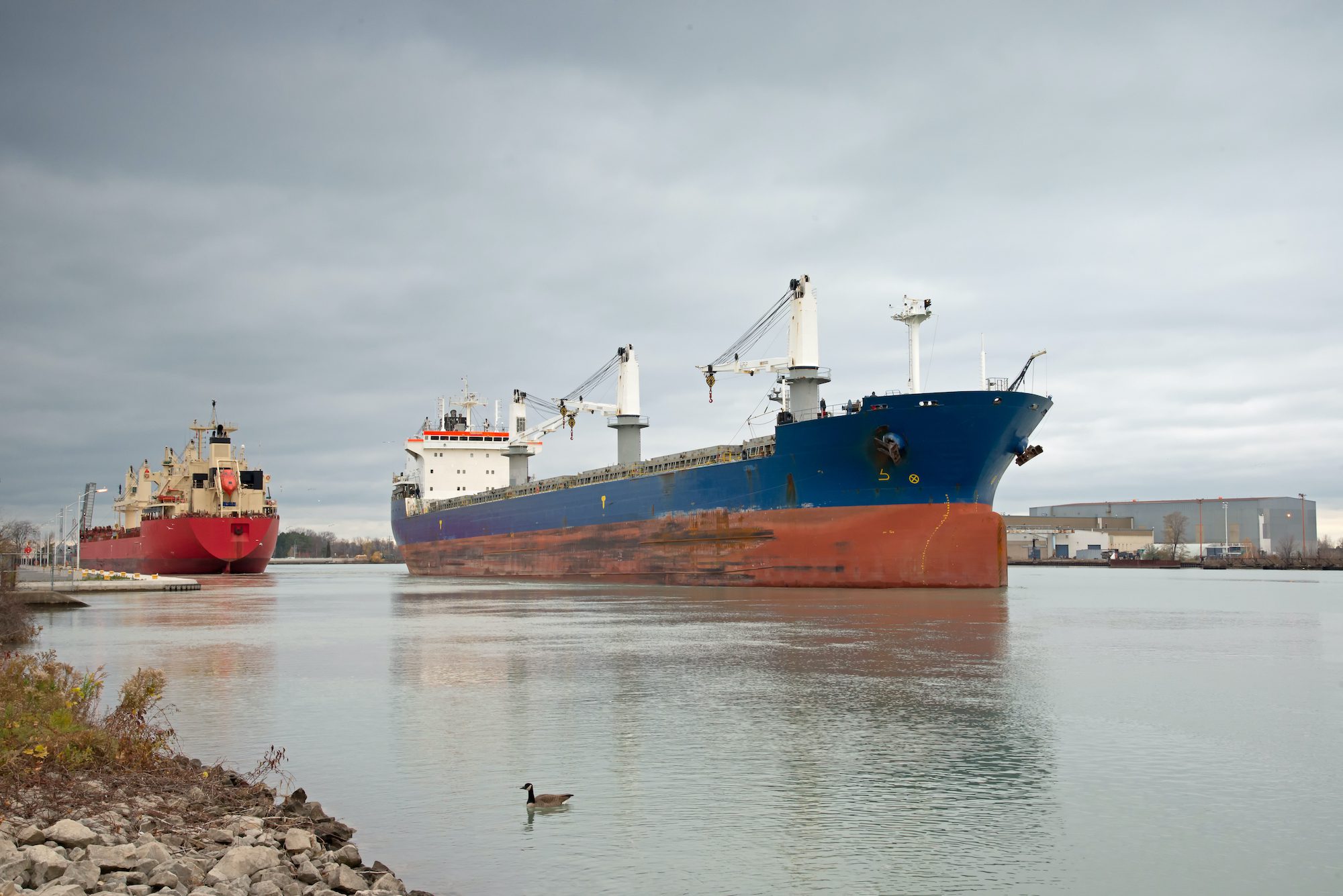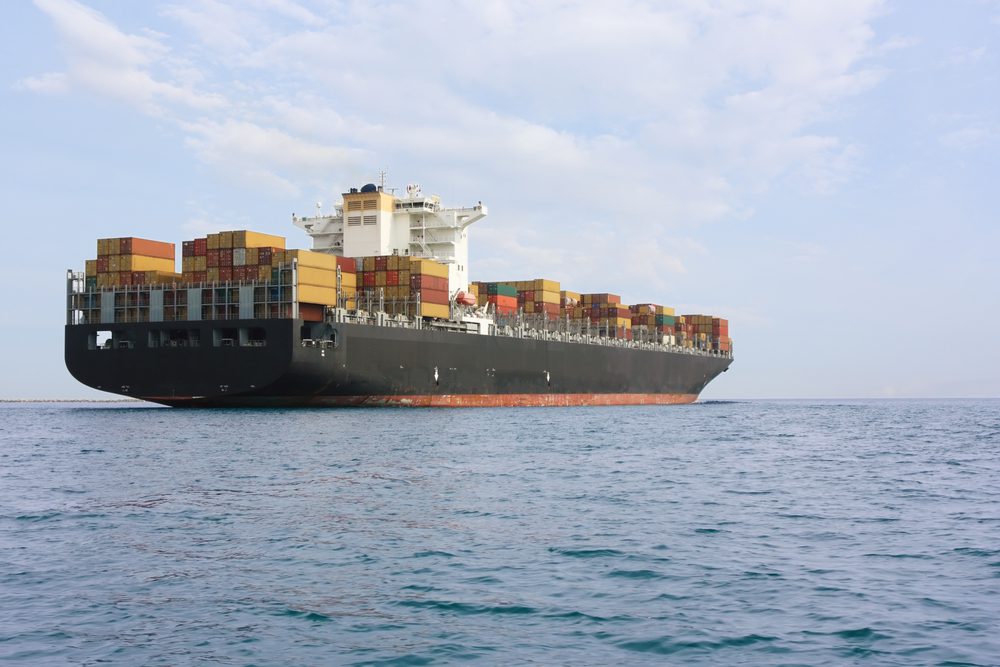The Great Lakes Seaway Partnership (GLSP) on Tuesday announced its tonnage report for shipping through the Great Lakes-St. Lawrence Seaway System during the month of May, revealing another productive month of grain exports from U.S. ports on the Great Lakes.
A total of 312 tonnes moved through the system compared to 225 during the same period in 2021.
Dry bulk exports overall saw a 2.44 percent increase from this time last year. While certain exports were down during May, including stone (-78.8 percent), cement (-27 percent), and dry chemical (-35 percent), others posted significant increases. These include coke (77 percent), salt (19.6) potash (401 percent), ores and concentrates (332 percent) and scrap metal (200 percent).
“Our Great Lakes ports continue to be productive, reliable, and resilient in the face of various challenges posed to the global supply chain,” Craig H. Middlebrook, Deputy Administrator of the Great Lakes St. Lawrence Seaway Development Corporation said. “From agricultural exports to renewable energy material imports, the Seaway is playing a pivotal role in moving a diverse range of essential goods around the world.”
At least five separate ports also received shipments of wind energy materials, including Ogdensburg, Duluth, Chicago, Buffalo, and Oswego.
It’s also estimated that U.S. Great Lakes ports traded with 22 countries in May, up from 19 in April.
Some key highlights highlighted Great Lakes Seaway Partnership included:
Lake Superior
The Port of Duluth-Superior stood out in May for its initial shipment of waterborne containerized cargoes and bulk agricultural exports. Duluth exported 200 containers filled with kidney beans, plus two shipments of sugar beet pellets to Europe. This was in addition to the seven shipments of iron ore that Duluth-Superior sent to Quebec last month.
“Greater cargo diversity and more multimodal shipping options make our port and our region more vibrant,” said Deb DeLuca, executive director of the Duluth Seaway Port Authority. “It’s a team effort to create these kinds of solutions for helping regional producers and manufacturers compete in the global marketplace, and we’re excited to see those efforts coming to fruition.”
Lake Erie
The Port of Toledo had a successful month of May with total tonnage for the season surpassing 3.2 million short tons. Strong grain and iron ore shipments propelled tonnage to eclipse 2021 totals by nearly 18%.
“Agricultural products seem to be big movers so far this year,” said Joseph Cappel., VP of Business Development for the Toledo-Lucas County Port Authority. “We are seeing robust corn, soybean, wheat, oats, DDGs, and fertilizer shipments moving through the port fairly early this year as global trade patterns continue to shift. With a good 2022 harvest, we can expect that these agricultural products will continue to be among the leading commodities for the Port of Toledo throughout the year.”
Lake Michigan
The Illinois International Port District (Chicago) posted an active month as its docks received eight inbound salties (ocean-going ships) carrying various imports.
“The IIPD received significant imports throughout May as steel, wind energy equipment, and lumber arrived at our docks earlier in the season than usual,” said Erik A. Varela, executive director of the Illinois International Port District. “Shippers around the globe can count on our multimodal facility to be a key link on the supply chain and handle a range of cargo.”
In addition to Chicago, the Ports of Indiana-Burns Harbor was busy as it received seven salties carrying steel products and fertilizers and exported three shipments of coal and coke.
“The Ports of Indiana-Burns Harbor had a great May,” said Ryan McCoy, Port Director, Ports of Indiana-Burns Harbor. “Year-to-date, January through May, Burns Harbor is up 47 percent compared to 2021. Recent supply chain changes have increased our export opportunities. We continue to work with local businesses in northwest Indiana that should lead to additional tonnage opportunities. We anticipate a good year.”
Also of note on Lake Michigan is the Port of Manitowoc’s utilization of a new maritime supply chain allowing for the import of Danish Barely from Quebec. The Wisconsin port received its first barley shipment using this route in May.

 Join The Club
Join The Club











